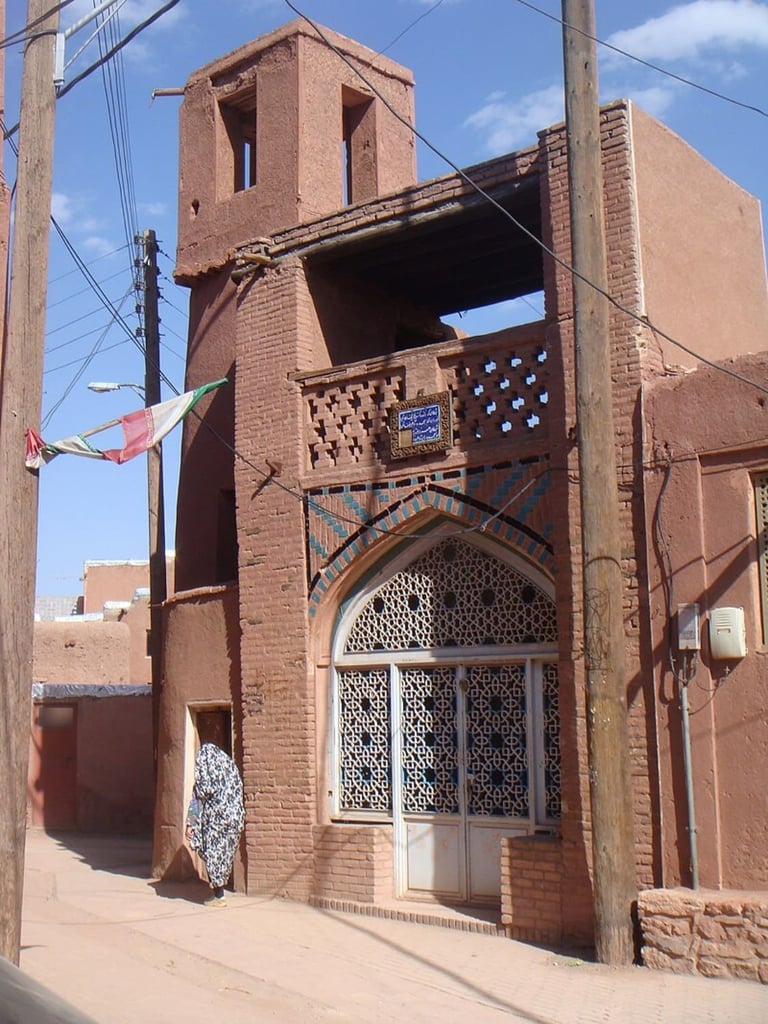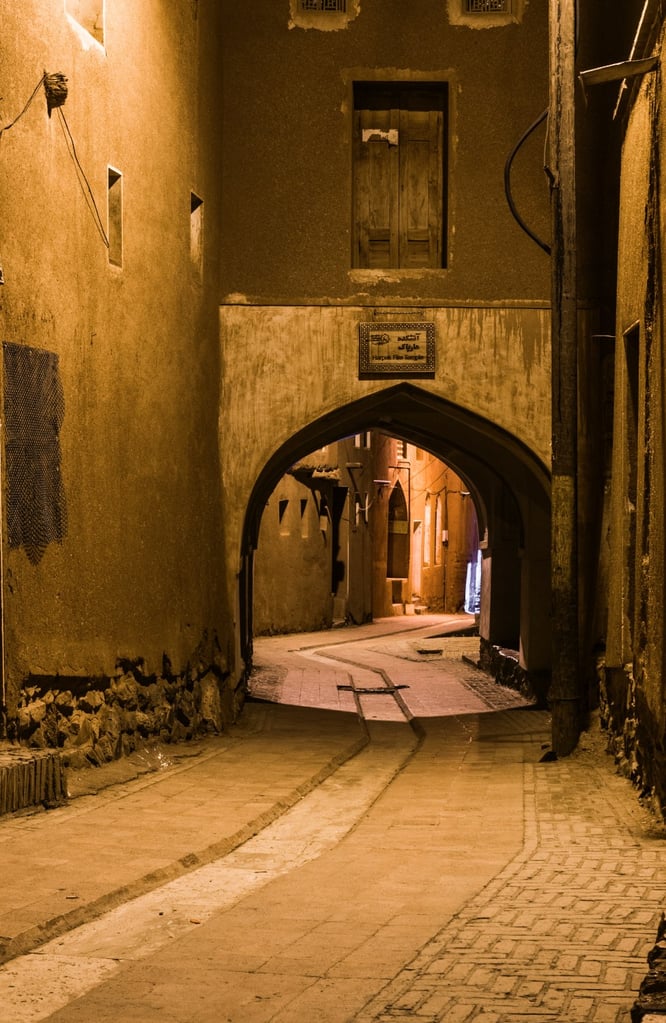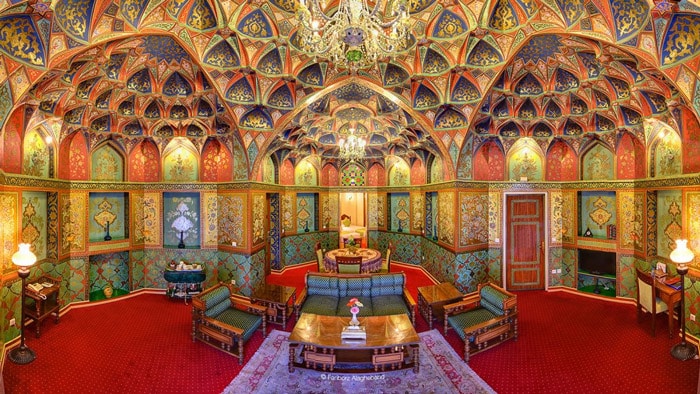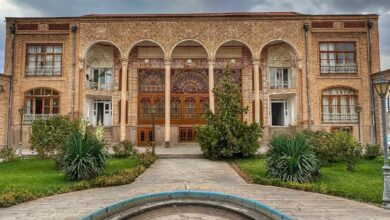Abyaneh: The Astonishing Red Village in Iran
A Hidden Treasure of Iran's Rich Heritage

In the heart of Iran’s Isfahan province, nestled amidst the Karkas mountains, lies Abyaneh, an ancient village frozen in time. Its vibrant red architecture earned it the title “Red Village. ” Explore the labyrinthine alleys of Abyaneh, a living museum where tradition reigns supreme.
Contents
Abyaneh, the Red Village of Iran

In the local language, Abyaneh was formerly called “Viuna,” meaning a willow wood, as, in ancient times, the village was encompassed by vast willow tree forests. Eventually, the name transformed from Viuna to Abyaneh.
The indigenous people living here were remotely isolated for centuries, preserving ancestors’ customs, dialects, and traditions. The unmatched architecture and color of structures have brought popularity and reputation to the village.
Where is Abyaneh?
Abyaneh village lies on the slope of the Karkas mountains at an elevation of 2,222 meters above sea level. Abyaneh village is located on the hill of Mount Karkas. It stands 40 kilometers northwest of Nain and 70 kilometers south of Kashan in Isfahan province, glittering like a gemstone.
Abyaneh’s History

The historical countryside cannot be accurately dated. However, Abyaneh is estimated to be 1,500 years old and is one of the most ancient residential areas near Iran’s central desert.
In 1975, the village’s historic structure was nationally listed. In 2013, ceremonies like the Nakhl Gardani and Abyaneh’s dialect were registered on Iran’s Intangible Cultural Heritage list. Abyaneh’s most ancient monument, the Herpak Fire Temple, dates back to the Sassanid and Seljuk epochs.
Interestingly, Safavid monarchs and their relatives who vacationed in Nain for summer preferred residing in Abyaneh.
Architecture of Abyaneh Houses

All village houses constructed on Karkas mountain’s slope have remarkable architecture. Flat roofs of lower houses serve as courtyards for higher homes without separating walls, just like Masuleh. Thus, the village appears to be multi-storied.
An appealing feature is the red color of the exterior façade, obtained from an adjacent mineral mine to cover the walls.
Abyaneh Attractions
There are many fascinating sights to explore in Abyaneh village, both for its natural scenery and historical significance.
Herpak Fire Temple

Herpak Fire Temple is located on a passage called “Rashta” and a steep slope. This fire temple is situated inside a vaulted passage. Herpak Fire Temple has three floors and is built in a four-arched shape. Herpak had a unique floor for rituals, and an eternally burning fire always existed in the courtyard of the fire temple. There is a room on the top floor of the fire temple that you can reach by climbing several steps.
Hinza Temple

This pilgrimage site is located in a narrow valley southeast of Abyaneh village. There is a cavity inside the valley’s rock cliffs, in front of which the shrine is built, and the cavity itself has become part of the pilgrimage site’s structure, much like a cave. This shrine belongs to Lady Zaynab, the daughter of Imam Musa ibn Ja’far. Locals state that Lady Zaynab was being pursued, and the people of Abyaneh gave her refuge in this small room before taking her to Hanjan village. Some have also stated that this shrine dates back to Anahita’s era. According to popular belief, this site has miraculous properties, and special rituals are held there.
Jame Mosque

There are about 11 mosques in Abyaneh, the most famous of which is Jame Mosque. Abyaneh Jame Mosque belongs to the Seljuk era. The carved wooden door with floral patterns and embossed lines can be mentioned as one of the historical beauties of the mosque.
Once you enter through the door, the columns, wooden ceiling, and a pulpit in an enclosure grab your attention. An old carved wooden pulpit with beautiful floral and plant patterns and carved Surah Yaseen in Kufic calligraphy in the corner of the mosque’s Shabestan catches the eye.
The mosque’s ceiling is beautifully adorned with geometric framing art. Also, visit the old Shabestan of this mosque. The old wooden Mihrab of this Shabestan dates back to 477 AH.
Perzaleh Mosque

This is a two-story building located in the Pol neighborhood. The antiquity of this building dates back to the Ilkhanid era. You will see the oldest existing door in Abyaneh here, the eastern entrance dating back to 701 AH. The proof of this claim is the date engraved on this beautiful door.
Anthropology Museum

Abyaneh Anthropology Museum has been built to preserve the indigenous architecture of the village. In this museum, you can see ancient objects in a wooden and glass enclosure. This museum shows various ancient dishes, handicrafts, weapons, agricultural tools, jewelry, manuscripts, antique locks, and traditional clothes. Most of the museum’s items have been donated to this museum by Abyaneh people to preserve the culture and identity of Abyaneh.
Fortresses of Abyaneh

Abyaneh has three fortresses in its three essential neighborhoods. The three important neighborhoods of Abyaneh, namely Bridge (Up), Yousemoon, and Herdeh (Down) each house a fortress. The villagers used these fortresses to protect their lives and property.
Mills of Abyaneh

Abyaneh village of Isfahan has several mills, but unfortunately, only one is active. To see these ancient mills, go to the Daryoon River path. You will see Areh Herdeh, Areh Miyoon, and Areh Daryoon mills in this area.
Springs
In addition to the existing mills in the village, there are also various springs to the west and east of the town. For example, the Reysoon Spring supplies drinking water to the village. Also, Do Aab Spring is the village’s primary water source. If you visit the town in summer, visit these springs and enjoy their coolness.
Best Time to Visit
Spring and summer provide the optimum climate. The rosewater extraction season in May also draws many tourists.
Culture and Dresses

A remarkable quality of the Abyaneh people is preserving unique customs over generations, including dialect, clothing, ceremonies, and traditions.
Women wear crumpled double-layered skirts with black underwear and colorful overcoats half-concealed by flowered scarves reaching their waists. Men wear loose trousers paired with long shirts.
Unwind and Explore

Strolling narrow alleys to witness architecture and cultural activities is the primary amusement. Spectacular surrounding views await exploring elevated terrains. Ask before photographing locals! Costumes are rented to tourists for memorable snapshots in the village. Tours conducted by inhabitants include sightseeing and hiking during peak seasons. Picnicking and nature walks along the river also offer enjoyment.
Tips for visiting Abyaneh Village

- Cleanliness is maintained despite high tourist activity, so avoid littering within the residential area.
- Refrain from photographing locals without consent.
- Heritage sites signify cultural wealth and, therefore, should be respected by tourists through environmental awareness.
- Support the community by purchasing approved handicrafts and foods like sour plum jam from village women relying on tourism.
- Wear suitable shoes for comfortably walking along steep cobblestone alleys and paths during your visit.
- Visit during Muharram to witness native rituals like the Nakhl Gardani.
Final Words
By isolating itself from modern influence for ages, Abyaneh village has preserved cultural elements integral to Iranian identity that vanished elsewhere but remain accessible here to demonstrate beautiful diversity across the country.
For the visitor, Abyaneh offers a rare opportunity to step back and temporarily assimilate into the rhythms of Persian village life from eras long gone.
So discover this magnificent time capsule where old Iran lives!






